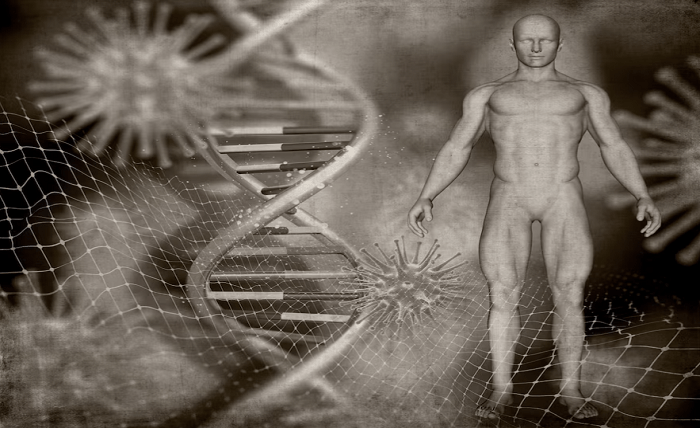The journey towards overcoming addiction can be likened to climbing a steep mountain. Each step may be grueling, but the view from the top promises newfound hope and a fresh start. Heroin rehab is a critical part of this journey, acting as the guiding hand that leads addicts toward recovery. Yet, understanding the science behind heroin detox is crucial, as it demystifies the processes occurring within the body and mind during detoxification.
Understanding Heroin’s Grasp: The Neurological Web
When introduced to the system, heroin works its nefarious magic on the brain’s opioid receptors. But what does this truly mean? Picture the brain as a bustling city, with opioid receptors as vital hubs for exchanging information. Heroin, upon entering, acts like a siren, captivating these hubs and leading to a flood of dopamine, the feel-good chemical. Over time, the brain starts relying on heroin for this dopamine release, making the individual crave the drug to feel ‘normal.’ This dependency is the crux of the addiction.
The Physical Manifestations: More Than Just Cravings
While the mind is trapped in heroin’s web, the body undergoes significant changes. Have you ever wondered why addicts seem restless or agitated without their fix? It’s because the body starts echoing the brain’s dependency. Without heroin, the body may exhibit flu-like symptoms, muscle aches, and extreme fatigue. It’s akin to a machine accustomed to a specific fuel; when you change or remove that fuel, the machine sputters and stalls. This is why many undergoing detox feel physically unwell.
Emotional Responses: The Mental Maelstrom
Detox is not just a physical challenge; it’s a tumultuous mental journey. The emotional turmoil can often be likened to riding a roller coaster blindfolded. You don’t know which twist or turn is coming next. Depression, anxiety, and mood swings are expected as the brain recalibrates itself without the influence of heroin. Visualize a painter who has used only dark colors for years, suddenly rediscovering a palette of brighter shades. It’s overwhelming, but with time and guidance from heroin rehab professionals, balance can be restored.
The Role of External Support: Why Detox Should Never Be Solo
Detoxification, while crucial, is a sensitive phase. Imagine crossing a turbulent river without a sturdy bridge; it’s perilous. This is where the role of medical professionals and support groups becomes indispensable. They act as that bridge, ensuring the detox process is safe and manageable. Withdrawal symptoms can sometimes be severe, requiring medical intervention. Additionally, being surrounded by empathetic individuals who understand the journey can offer the psychological boost needed during challenging times.
Long-Term Implications: The Road Ahead
Legacy Healing Center states, “Individual and group therapy is a common route those struggling with heroin addiction seek. The patient may attend these therapies in an inpatient treatment center or on an outpatient basis.”
Detox is just the initial step in a more extended recovery journey. The body and mind, once cleared of heroin’s influence, need consistent care and monitoring. Think of a garden, recently rid of weeds. If not tended to, the weeds can return. Similarly, post-detox, regular therapy, counseling, and continued support are essential to ensure that the individual doesn’t relapse and stays on the path to full recovery.
Heroin detox, while challenging, is a transformative process. It is the gateway from the shadows of addiction to the dawn of a drug-free existence. By understanding the science behind detox, individuals and their loved ones can approach the process with informed awareness. Knowledge acts as the beacon, illuminating the complexities of detox and offering clarity. As the age-old adage goes, knowledge is power. And in addiction recovery, it can be the power that fuels the journey from despair to hope.

